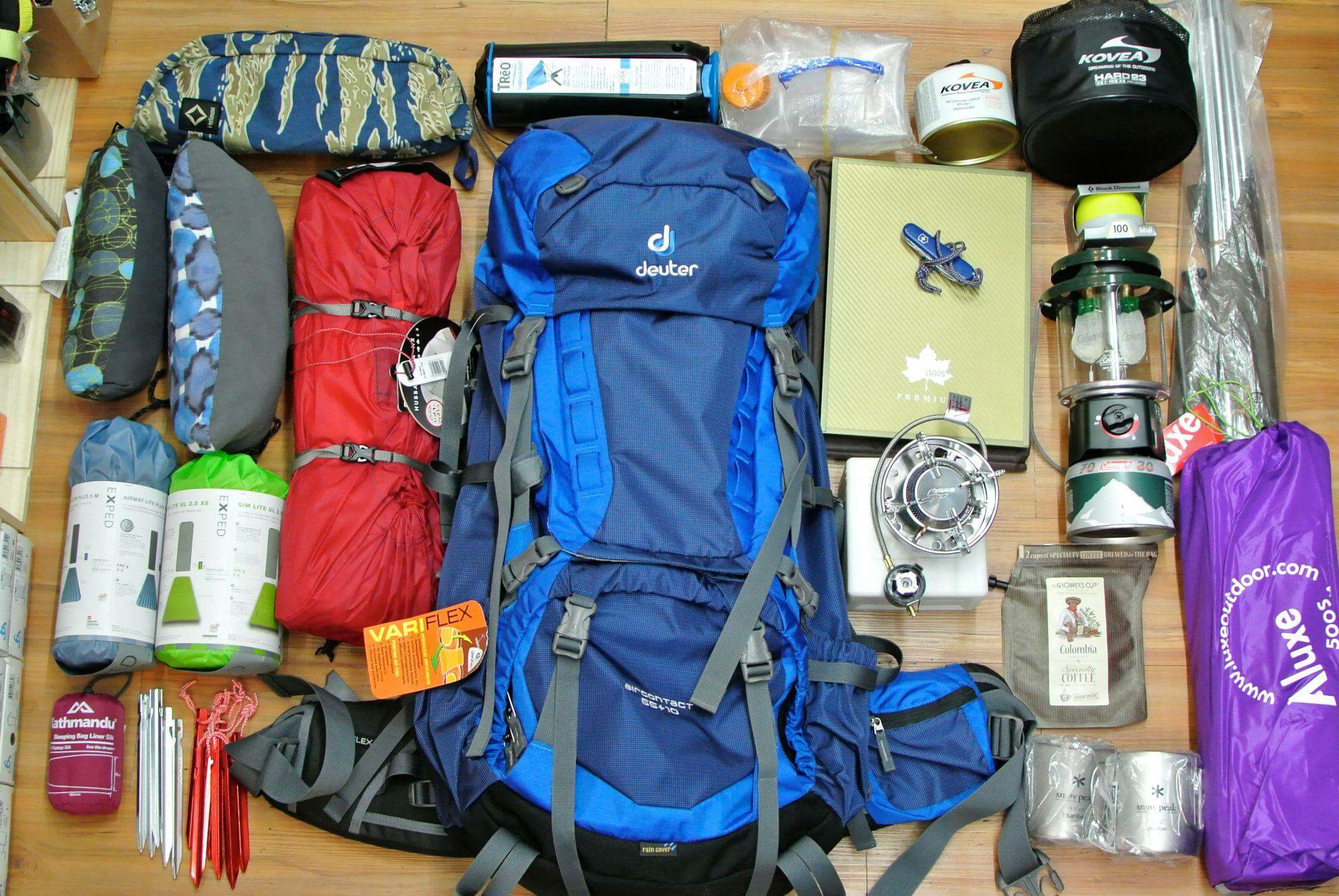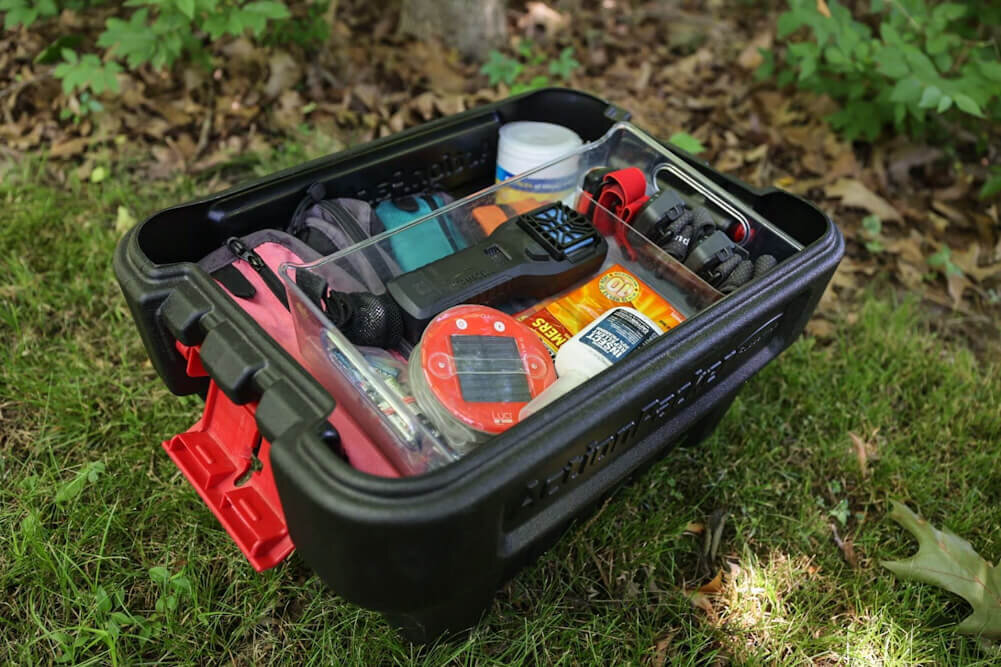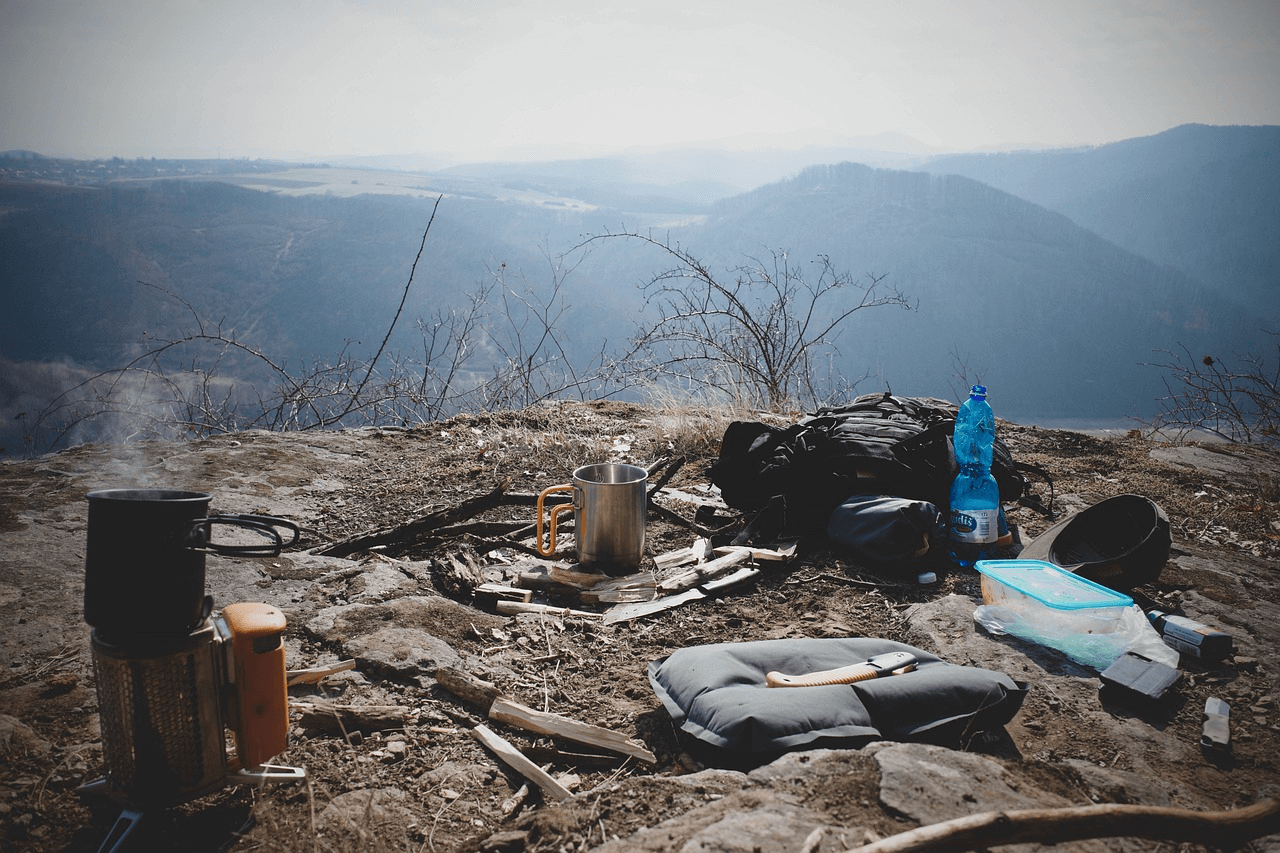Camping and the great outdoors are rooted in human history, from the survival strategies of ancient tribes to the wanderlust of modern adventurers. While the essence of outdoor living may not have changed, how we organize and store our gear has evolved. As outdoor enthusiasts, our equipment is not just an assemblage of tools but a part of our lifestyle, so it deserves the utmost care and attention.
In this comprehensive guide, we’ll explore the art of organizing and storing your outdoor gear with a professional touch. By understanding your gear’s unique needs and the principles of efficient storage, you can ensure that your next excursion into the wild is well-prepared and effortlessly enjoyable. Let’s dive into the strategies to make every camper, hiker, and adventure-seeker a storage master.
Understanding Your Gear’s Unique Needs
Before diving into the nuts and bolts of organizing your gear, it’s crucial to recognize that each piece, from your tent to your trekking poles, has its requirements. A sturdy approach is to evaluate your equipment, noting any specific care instructions or special usage features. This step is a cornerstone in the journey toward a well-kept, easily accessible outdoor arsenal.
Cataloging your equipment
Begin by creating an itemized list of your gear, detailing the condition, use frequency, and maintenance needs. This catalog serves as a reference point for organizing your storage space efficiently.
Be sure to update it after each trip to reflect any changes, such as wear and tear or newly acquired items. This process will help identify what needs repair or replacement and make packing for your next adventure quicker and more systematic.
Evaluating storage requirements
Evaluating storage requirements is a pragmatic approach to extending the life of your gear. Measure the size and weight of each item to determine the space needed. Consider climate control for moisture-sensitive equipment.
Based on these assessments, choose storage solutions like shelves, bins, or hooks. Frequently used items should be readily accessible, while seasonal gear can be stored higher or deeper. This strategy prevents damage and maintains order in your storage area.
Core Principles of Gear Organization

An organized gear layout isn’t just aesthetically pleasing; it’s a cornerstone of efficient camping preparation. We’ll explore core strategies that ensure your gear is well-maintained and easily located when needed.
Organizing camping gear for accessibility and efficiency
Organization of camping gear should prioritize accessibility and efficiency. Use clear bins for smaller items so that the contents are visible. Label each bin with its contents—group similar items together, such as cooking gear in one area and sleeping equipment in another.
Hang items like backpacks and sleeping bags in a dry, ventilated space. Designate a specific spot for items used in every trip, ensuring they’re always ready to go. Implementing this system saves time and simplifies the packing process.
Maintaining gear for longevity
Proper maintenance is critical for preserving the functionality of your camping gear. Here are a few things to keep in mind:
- Clean items after each use to prevent dirt build-up. Inspect gear for tears or malfunctions.
- Repair damages promptly to avoid worsening.
- Store gear in a dry and cool place to prevent mold and wear.
- Regular checks ensure safety and readiness for your next adventure.
- Follow manufacturer guidelines to care for specific materials.
- Consistent upkeep extends the lifespan of your equipment, protecting your investment.
Streamlining access to your equipment
Developing dedicated zones for each type of gear can work wonders in reducing clutter and improving efficiency. Implementing designated spaces for your equipment also fosters a sense of readiness and reduces the chances of leaving items behind.
For example, keeping all cooking gear in one area and all sleeping gear in another can save time when setting up camp or packing up to leave. Additionally, using clear storage containers or labeling your bags with the contents can make it easier to find what you need without rummaging through everything.

Tailored Storage Solutions
Customize your storage to fit your gear and space. By exploring innovative methods, you can ensure your equipment remains pristine, and your storage setup is conveniently optimized.
Climate-controller environments for sensitive gear
Certain outdoor equipment demands controlled environments. We examine why climate control is essential and suggest methods to maintain the ideal conditions for preserving your most sensitive gear.
In extremely hot or cold conditions, particular gear can suffer damage if not stored properly. For example, batteries can lose their charge and become less effective in colder temperatures, while heat-sensitive equipment such as camera lenses can warp or malfunction in high heat.
To avoid these issues, investing in a climate-controlled storage unit or utilizing temperature-regulating materials like insulation can help protect your gear.
Creative storage ideas for outdoor gear
Get innovative with your storage solutions. Outdoor gear can be stored in the most unlikely places, from under-bed drawers to ceiling-mounted platforms. Discover unconventional spaces that can become havens for your outdoor equipment.
For example, use a dangling shoe organizer to store smaller items like water bottles, flashlights, and utensils. Utilize stackable bins or crates for bulkier gear, such as tents and sleeping bags.
Remember to consider the weight of your stored equipment when choosing storage solutions. Heavy items should be stored at ground level and evenly distributed to prevent injury or damage.
Long-term storage solutions for outdoor gear
For adventurers seeking a secure solution for storing their outdoor gear during off-seasons or extended breaks, Bounce offers an ideal service.
Specializing in long-term storage solutions, Bounce ensures that your equipment, from fishing polls to climbing ropes, is kept in optimal conditions. Their facilities provide easy access, making gear retrieval convenient when adventure calls.
How To Maximize Your Storage Area
Space is often a luxury for outdoor gear storage. Optimizing your long-term storage is about ingenuity, and in this section, we share smart ways to make the most of even the most limited spaces.
Embracing vertical storage
Vertical storage maximizes your space by utilizing walls and overhead areas. Install shelves or hooks at different heights to keep gear off the ground. Wall-mounted racks can securely hold bikes and kayaks, freeing up floor space.
Overhead ceiling racks are perfect for storing items like fishing rods and skis. Ensure these solutions are within reach and sturdy enough to handle the weight of your gear. Proper vertical storage can dramatically increase your available space and organization.
Multipurpose furniture
Multipurpose furniture is ideal for efficient storage. Choose benches with built-in compartments or beds with under-the-mattress drawers. These pieces double as furniture while offering concealed storage options.
Captain’s beds provide ample storage in the form of drawers and shelves directly built into the frame. A storage ottoman can hold various smaller gear, from binoculars to maps, and serve as extra seating, too. Optimize your space with furniture that is both functional and promotes uncluttered living spaces.
Utilizing Adaptable Storage Systems
 Your storage system should adapt as your gear collection grows and changes. We explore how flexibility and foresight can create an indefinitely scalable storage solution.
Your storage system should adapt as your gear collection grows and changes. We explore how flexibility and foresight can create an indefinitely scalable storage solution.
Modular storage setups can be reconfigured as needed, making them a practical option. Consider units with adjustable shelves and detachable components. Stackable bins enable easy customization. These systems can grow with your inventory, providing a tailored fit for new items.
They also facilitate quick reorganization, ensuring your storage can evolve alongside your hobbies or profession. With modular options, you invest once and adapt many times, saving space and keeping items orderly.
Final Thoughts on Masterful Gear Organization
As we reach the end of our guide, it’s essential to remember that your approach to organizing outdoor gear is as personal as the adventures you undertake. Adopt what resonates with you, and don’t hesitate to refine or change your systems over time. The reward of a well-organized outdoor gear cache is not just in the ease of preparation but in preserving your cherished equipment.
Consider the tips and techniques provided here as a starting point. The key to becoming a pro at organizing your gear is dedication and a touch of creativity. Your well-organized gear can distinguish between a chaotic trip and a serene, stress-free journey into nature. Get organized and give your camping an organizational upgrade that will take your outdoor experiences to new heights.

